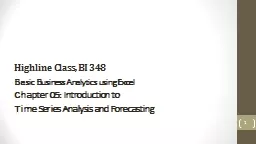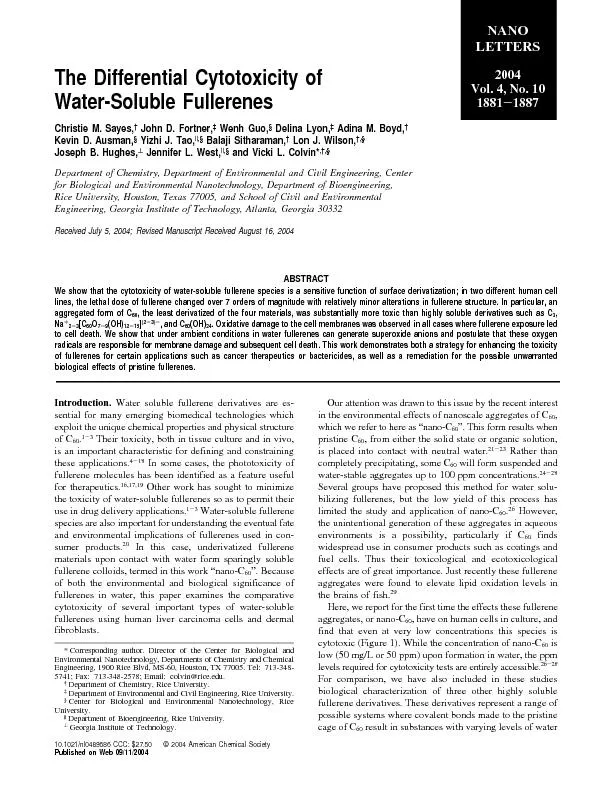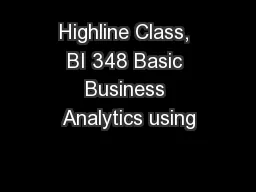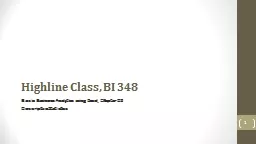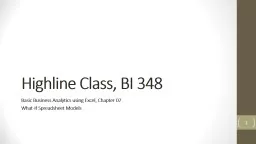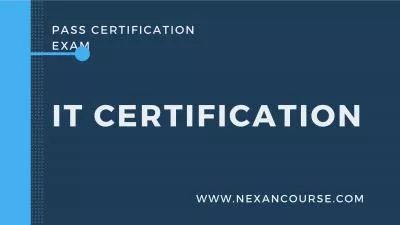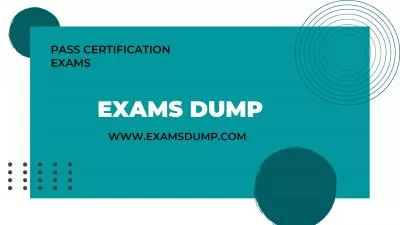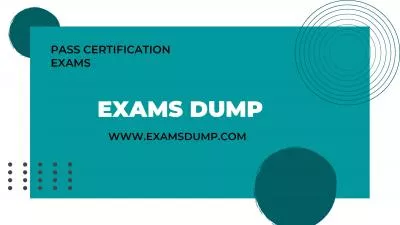PPT-Highline Class, BI 348 Basic Business Analytics using Excel
Author : pasty-toler | Published Date : 2019-11-06
Highline Class BI 348 Basic Business Analytics using Excel Chapter 05 Introduction to Basic Time Series Analysis and Forecasting 1 Topics Covered Terms Time Series
Presentation Embed Code
Download Presentation
Download Presentation The PPT/PDF document "Highline Class, BI 348 Basic Business An..." is the property of its rightful owner. Permission is granted to download and print the materials on this website for personal, non-commercial use only, and to display it on your personal computer provided you do not modify the materials and that you retain all copyright notices contained in the materials. By downloading content from our website, you accept the terms of this agreement.
Highline Class, BI 348 Basic Business Analytics using Excel: Transcript
Download Rules Of Document
"Highline Class, BI 348 Basic Business Analytics using Excel"The content belongs to its owner. You may download and print it for personal use, without modification, and keep all copyright notices. By downloading, you agree to these terms.
Related Documents

